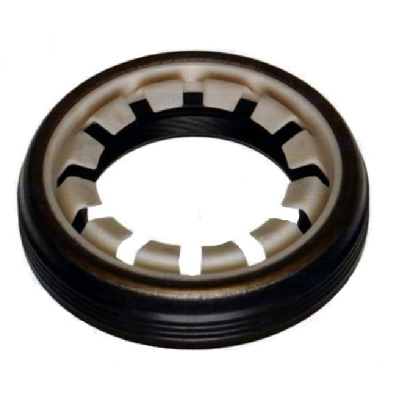rear end axle seal
Understanding Rear End Axle Seals Importance, Function, and Maintenance
Rear end axle seals are a critical component in the drivetrain of automobiles, trucks, and other vehicles. These seals play a pivotal role in ensuring that the rear axle functions optimally, providing smooth performance and longevity for the vehicle. In this article, we will delve into the importance of rear end axle seals, their functions, potential issues, and maintenance tips.
What are Rear End Axle Seals?
Rear end axle seals are designed to prevent lubricants, such as gear oil, from leaking out of the rear differential. The differential is responsible for allowing the wheels to rotate at different speeds, which is crucial when a vehicle turns. The axle seals are located at the ends of the axles, where they enter the differential housing. These seals typically consist of a rubber or synthetic material that forms a tight barrier to retain the fluid while keeping out contaminants such as dirt, water, and debris.
Importance of Rear End Axle Seals
The primary function of rear end axle seals is to maintain the proper fluid level within the differential. Oil lubricates the gears and bearings inside the differential, reducing friction and wear. If the seals fail and fluid leaks out, the differential can run dry, leading to severe damage or complete failure. This can result in costly repairs or even a full differential replacement.
Moreover, proper sealing is essential for vehicle safety and performance. Leaking gear oil can create hazardous driving conditions, as it can make the rear end of the vehicle unstable. Additionally, the oil can drip onto brake components, significantly impairing braking ability and increasing the risk of accidents.
Common Signs of Seal Failure
Recognizing the signs of rear end axle seal failure is vital for maintaining vehicle health. Some common indicators include
rear end axle seal

1. Fluid Leaks A visible puddle of oil underneath the vehicle is often the first sign that something is amiss. 2. Unusual Noises Grinding, clunking, or whining sounds from the rear axle can indicate low fluid levels due to leaking seals. 3. Warning Lights In some modern vehicles, dashboard warning lights may illuminate if there’s an issue with the differential fluid levels.
4. Bad Odor Overheating oil that mixes with debris can produce a burnt smell, signaling potential problems within the differential.
Maintenance and Replacement
To ensure the longevity of rear end axle seals, regular maintenance is key. Here are some tips
- Routine Inspections Periodically check for fluid leaks and inspect the seals for any signs of wear or damage. - Fluid Changes Follow the manufacturer's recommendations for differential fluid changes, ensuring that the oil is fresh and effective at reducing wear. - Environmental Precautions Avoid driving in extreme conditions that may expose the seals to excessive heat, moisture, or debris.
If a rear end axle seal fails, it can typically be replaced without a complete differential overhaul. However, it's essential to address the replacement promptly to avoid further damage to the differential components.
Conclusion
Rear end axle seals are integral to the safe and efficient operation of vehicles. Understanding their importance and maintaining their integrity can prevent significant issues down the road. Regular checks and timely replacements ensure that your vehicle’s differential operates smoothly, providing reliability and peace of mind on the road. Whether you're a seasoned mechanic or a vehicle owner, proper attention to rear end axle seals will enhance your vehicle’s performance and durability, making for a safer driving experience.
-
Simplifying Oil Changes: A Comprehensive Guide to Oil Drain Plugs and Their Variants
News Aug.04,2025
-
Mastering Oil Drain Maintenance: Solutions for Stripped, Worn, and Upgraded Oil Plugs
News Aug.04,2025
-
Fixing Oil Pan Plug Issues: Leaks, Stripped Nuts, and the Right Replacement Solutions
News Aug.04,2025
-
Everything You Need to Know About Oil Drain Plugs: Sizes, Fixes, and Upgrades
News Aug.04,2025
-
Choosing the Right Oil Drain Plug: A Guide to Sizes, Materials, and Drain Innovations
News Aug.04,2025
-
A Complete Guide to Automotive Drain Plugs: Types, Problems, and Innovative Solutions
News Aug.04,2025
-
The Ultimate Guide to Car Repair Kits: Tools and Essentials Every Driver Should Own
News Aug.01,2025
Products categories















